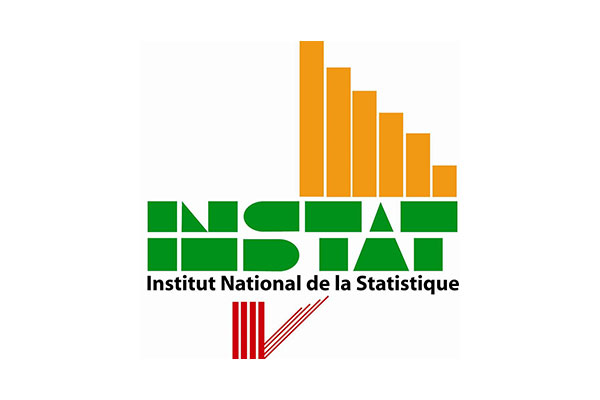
Institutional Lead
WP1, WP2, WP3, WP4, WP5 and WP7
WP1, WP2, WP3, WP4, WP5 and WP7
Bamako, Mali

The National Statistical Institute (INSTAT) is the official statistical service of Mali and was created in 2009. Its activities are organized within the more general framework of the statistical system of Mali.
INSTAT is an administrative structure under the authority of the Minister of Statistics, currently the Minister of Territorial Planning and Population. It is responsible for ensuring the technical coordination of the activities of the national statistical system and for carrying out statistical production and dissemination activities itself for the needs of the government, public administrations and the private sector, development partners and the public.
Since 2011, INSTAT has been carrying an integrated household survey (EMOP) on an annual basis whose questionnaire has a section on “Migration”. In addition, the data collected during population and housing censuses contain information regarding Migration, which can be relevant to the project.


HABITABLE aims to significantly advance our understanding of the current interlinkages between climate impacts and migration and displacement patterns, in order to better anticipate their future evolutions.

This project has received funding from the European Union’s Horizon 2020 research and innovation programme under grant agreement No. 869395. The content reflects only the authors’ views, and the European Commission is not responsible for any use that may be made of the information it contains.
Subscribe to our Newsletter